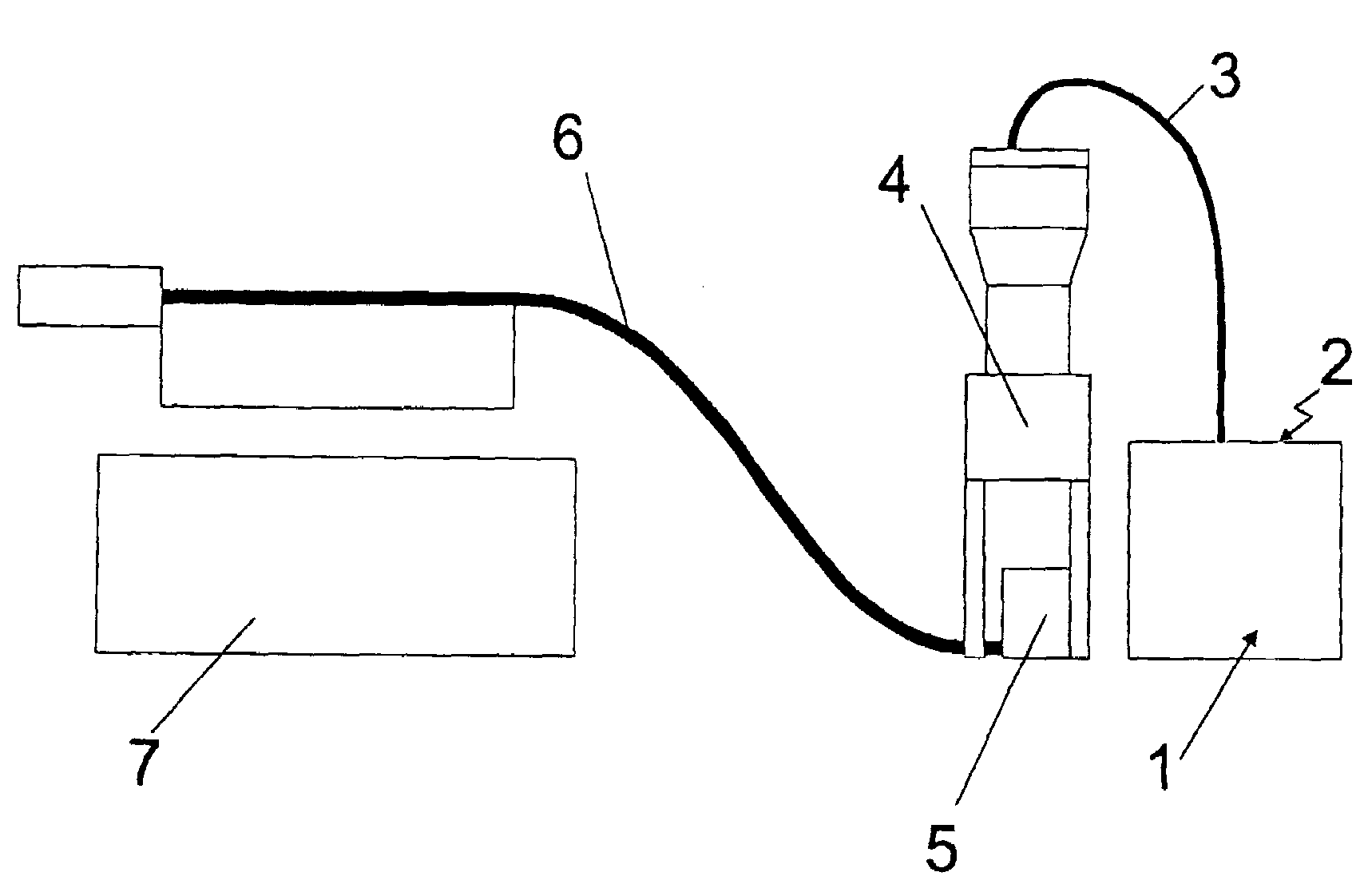Method for constructing patterns in a layered manner
a technology of layered construction and pattern, applied in the field of layered construction of patterns, can solve the problems of high risk of breakage, superfluous application of binding agent, and considerable disadvantages in production processes
- Summary
- Abstract
- Description
- Claims
- Application Information
AI Technical Summary
Benefits of technology
Problems solved by technology
Method used
Image
Examples
Embodiment Construction
[0028]Given this background situation, it is the task of the invention as set out here to make available a process whereby it is possible to carry out layer-by-layer configuration of patterns in the most time-saving and cost-effective manner. Furthermore the process should be able to be used industrially based on its reliability and user-friendliness.
[0029]This task is solved by implementing a process for the configuration of patterns in layers, whereby using a building platform, a first material and then selectively a second material are each applied in layers and these two application steps are continually repeated until a desired pattern is achieved. To this end, the two materials form a solid, provided a suitable mixture ratio is used. The first material concerned is a material mix and is at least partially prepared prior to each layer stage.
[0030]This process has proved itself to be advantageous, as it means that the processing times of the material mixture can be kept short an...
PUM
 Login to View More
Login to View More Abstract
Description
Claims
Application Information
 Login to View More
Login to View More - R&D
- Intellectual Property
- Life Sciences
- Materials
- Tech Scout
- Unparalleled Data Quality
- Higher Quality Content
- 60% Fewer Hallucinations
Browse by: Latest US Patents, China's latest patents, Technical Efficacy Thesaurus, Application Domain, Technology Topic, Popular Technical Reports.
© 2025 PatSnap. All rights reserved.Legal|Privacy policy|Modern Slavery Act Transparency Statement|Sitemap|About US| Contact US: help@patsnap.com



